Australian Tropical Rainforest Plants - Online edition
Micromelum minutum (G.Forst.) Wight & Arn.
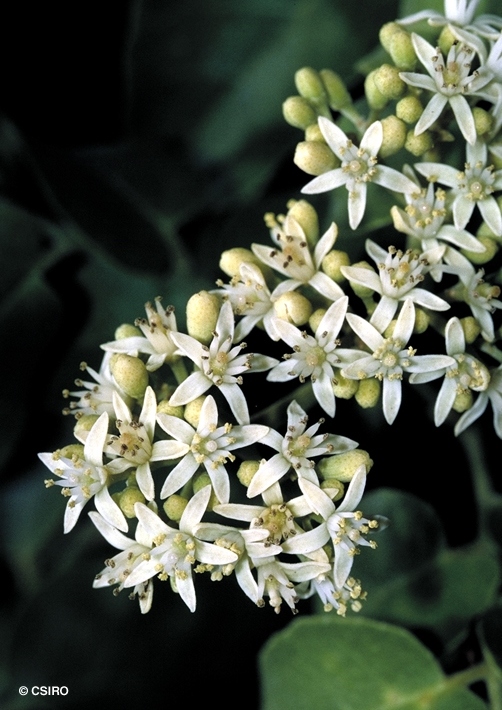

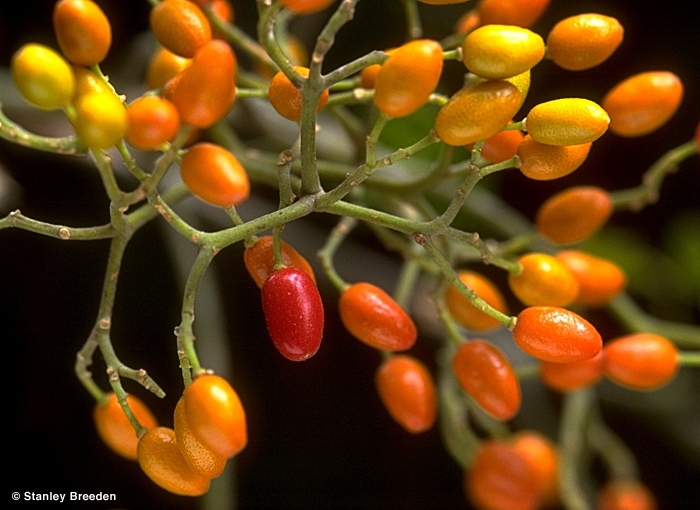
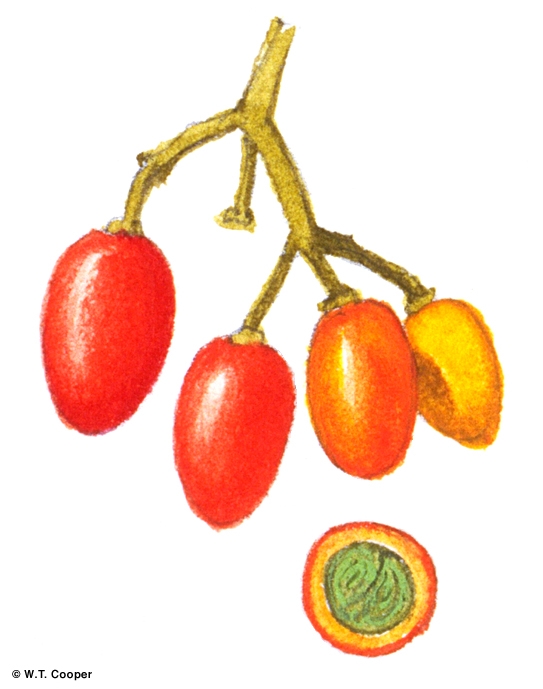
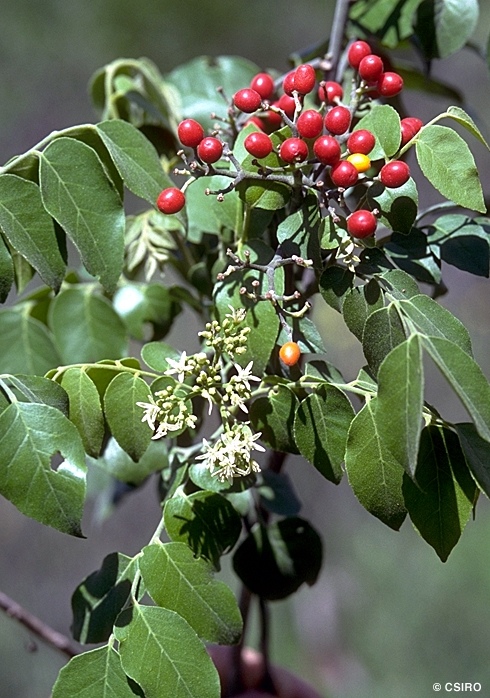


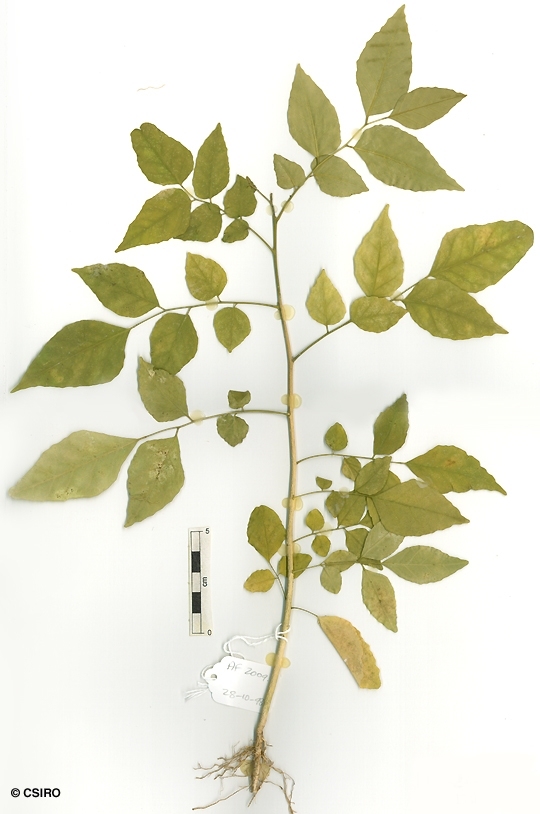
Wight, R. & Arnott, G.A.W. (1834) Prodromus Florae Peninsulae Indiae Orientalis : 448.
Lime Berry; Micromelum
Usually grows into a small tree not exceeding 30 cm dbh but also flowers and fruits as a shrub.
Fruits ovoid-ellipsoid, about 9 x 7 mm. Seeds about 6-7 x 4-5 mm. Testa smooth, translucent. Cotyledons green, folded many times, oil dots numerous, readily visible with a lens.
Cotyledons glabrous, cordate to reniform, about 18-19 x 21-23 mm, apex rounded often notched. Oil dots visible to the naked eye. First leaf usually trifoliolate sometimes compound with 5 leaflets, oil dots conspicuous. At the tenth leaf stage: leaflet blades slightly hairy on the upper surface, unequal-sided at the base; oil dots numerous, visible to the naked eye; margin of the leaflets slightly sinuate; compound leaf petiole and rhachis clothed in short, prostrate hairs. Seed germination time 10 to 41 days.
Occurs in WA, NT, CYP, NEQ, CEQ and southwards to north-eastern New South Wales. Altitudinal range from sea level to 600 m. Grows as an understory tree in monsoon forest, dry rain forest, beach forest and well developed rain forest. Also occurs in Malesia, New Caledonia and Fiji.
Food plant for the larval stages of the Orchard, Canopus and Capanens Butterflies. Common & Waterhouse (1981).
This species may have medicinal properties.
Leaf and stem material of this species was active against some tumors. Collins et al. (1990).
This species has been used medicinally in Malaysia and Indonesia. Cribb (1981).





